Some dogs rush into your life like a storm—barking, jumping, wagging wildly. But others? They wait. They pause. They check if the world is safe. These are the timid ones. And no, they’re not weak.
They’re thoughtful, gentle, and sensitive to every little thing around them. You don’t earn their trust instantly, but when you do, their love is real and lasting.
Many people miss out on these dogs because they expect energy and excitement. But there’s a different kind of bond waiting with a shy dog. It’s deeper, softer, and surprisingly loyal.
This article is all about those quiet souls—the breeds that don’t seek attention but silently win hearts. Toward the end, we’ll walk you through the most timid dog breeds. If you’re someone who understands that love doesn’t need to be loud, this list might just help you find your perfect companion.
Most Timid Dog Breeds
1. Chihuahua

Chihuahuas often develop a deep attachment to one person, making them wary around strangers. Their small size doesn’t limit their awareness — they’re incredibly sensitive to changes in tone, mood, and body language. This emotional sensitivity often shows up as cautious behavior in new settings.
Nervous around other dogs
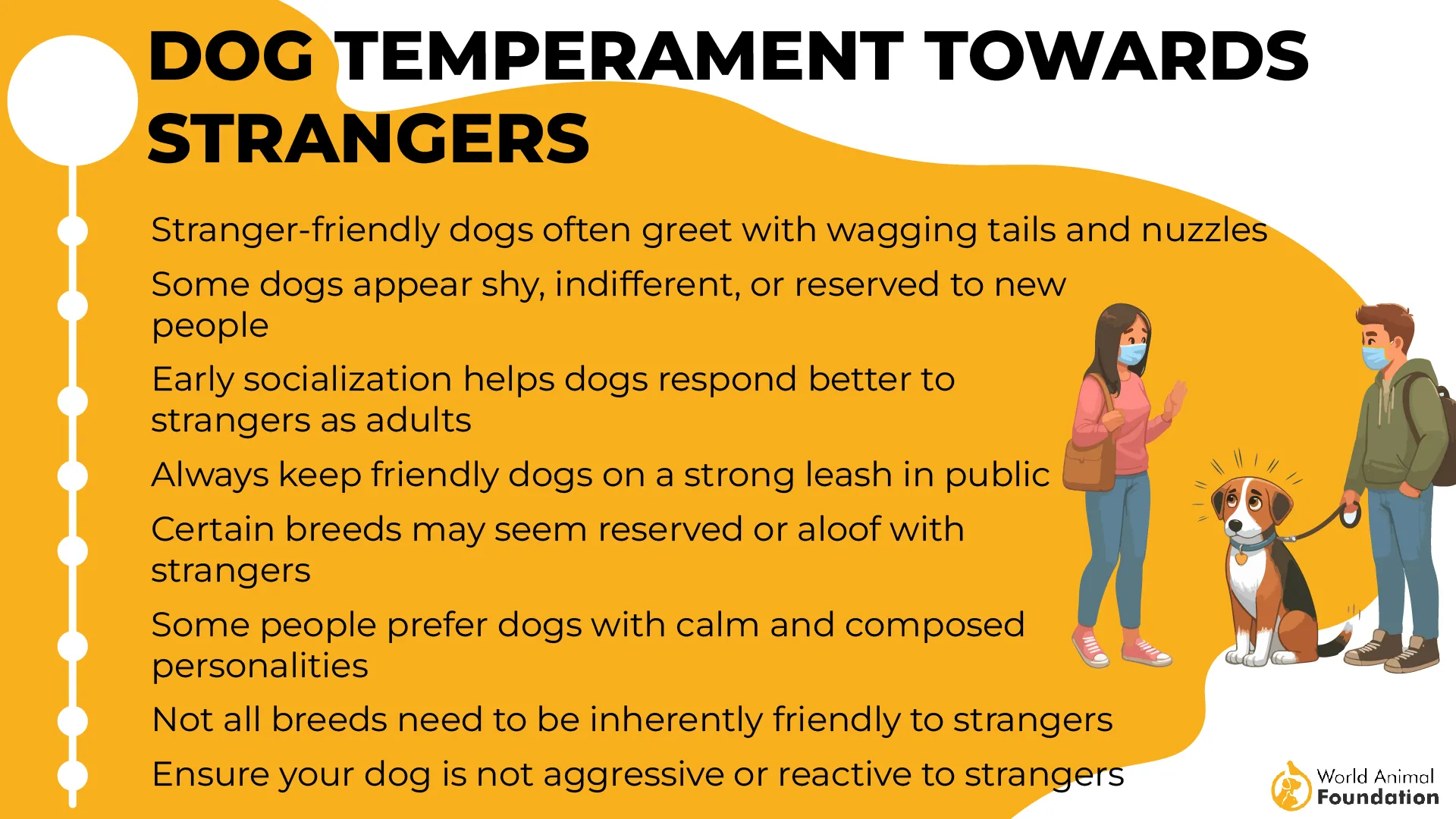
They can be reactive in social situations, especially with larger or unfamiliar dogs, as per PDSA. Even early socialization doesn’t always erase their hesitancy around other dogs, though it can help. Their body language speaks volumes — stiff posture, tucked tails, and wide eyes are common cues.
Timid in unfamiliar environments
New places can make them visibly anxious — they may shake, hide behind their owner, or refuse to move. Noisy streets, crowded parks, or even unfamiliar situations inside the home can trigger their uncertainty. Calm exposure over time is necessary to help them adjust.
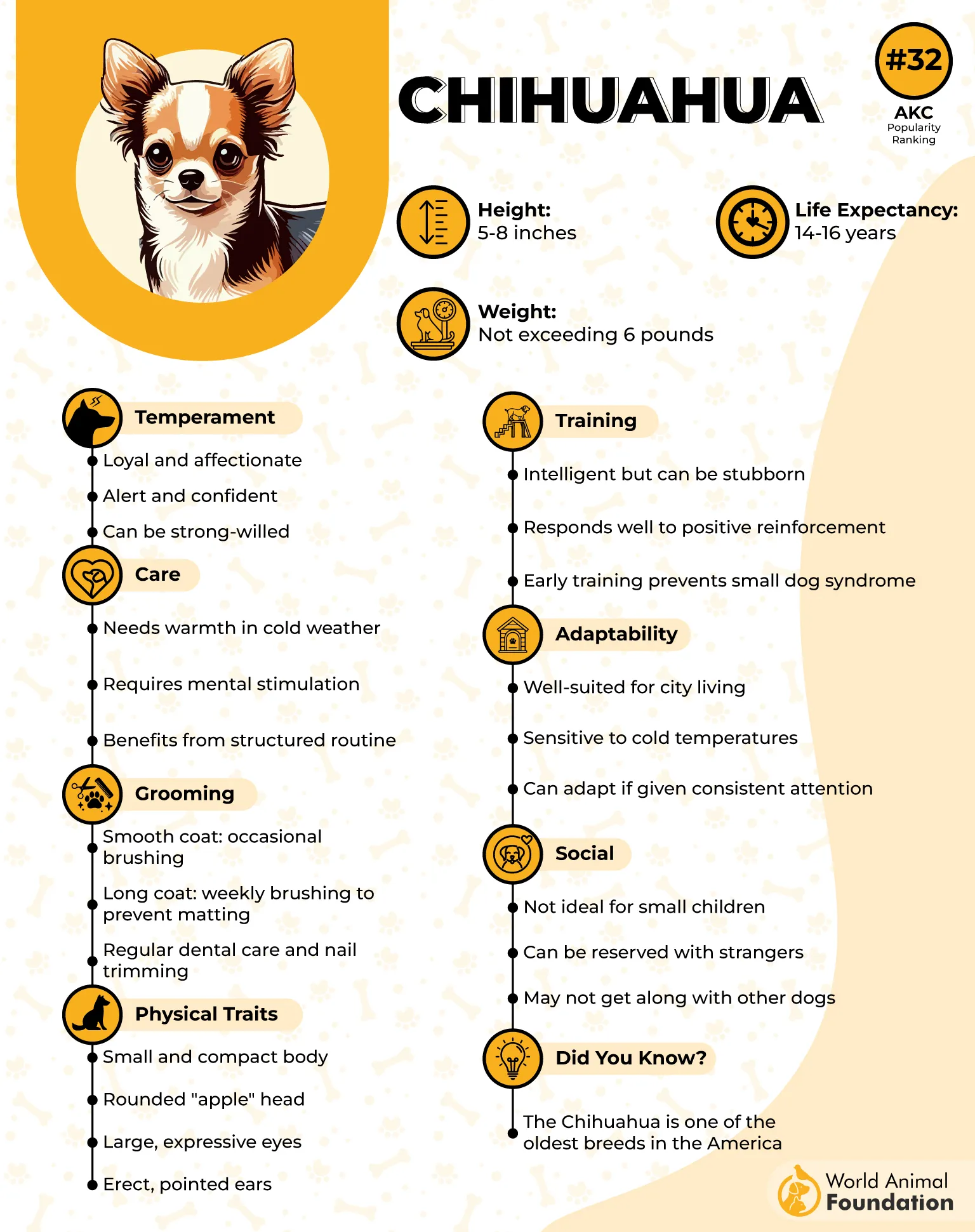
One of the most commonly misunderstood timid breeds
People often expect boldness from Chihuahuas due to their vocal habits, but many are inwardly anxious. Their need for security and routine makes them thrive in stable households. With patience and gentle handling, they become loyal, affectionate, and truly wonderful pets.
2. Shih Tzu

Not all Shih Tzus are naturally shy — some are playful and curious, while others lean heavily toward a more timid nature.
This split often depends on early-life experiences, household energy levels, and how they were introduced to the outside world. A rushed or overstimulating setting can shape lifelong hesitation.
Shows Hesitation in Social Settings
When anxious, their response isn’t loud or dramatic — it’s subtle. They may avoid eye contact, stay close to a familiar lap, or freeze when picked up by new people. In group situations with other dogs, they tend to hang back unless they’ve had consistent, gentle exposure, as per PetMD.
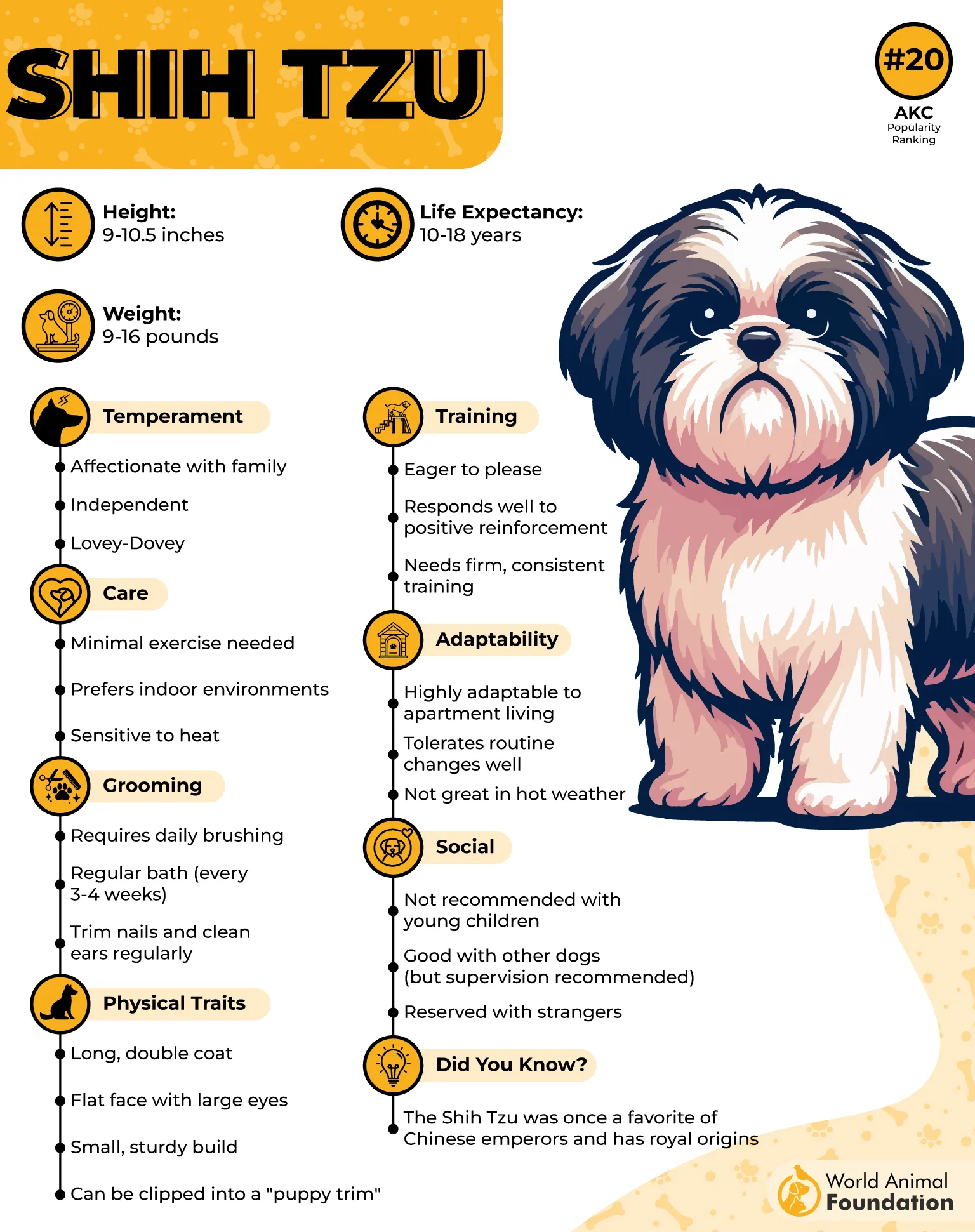
Needs a Supportive Environment Early On
Shih Tzus raised in a calm, secure environment tend to feel more confident navigating new experiences. Without that, their timid nature can become more deeply ingrained and harder to ease later in life. That’s where consistent, proper training becomes incredibly helpful, especially during puppyhood.
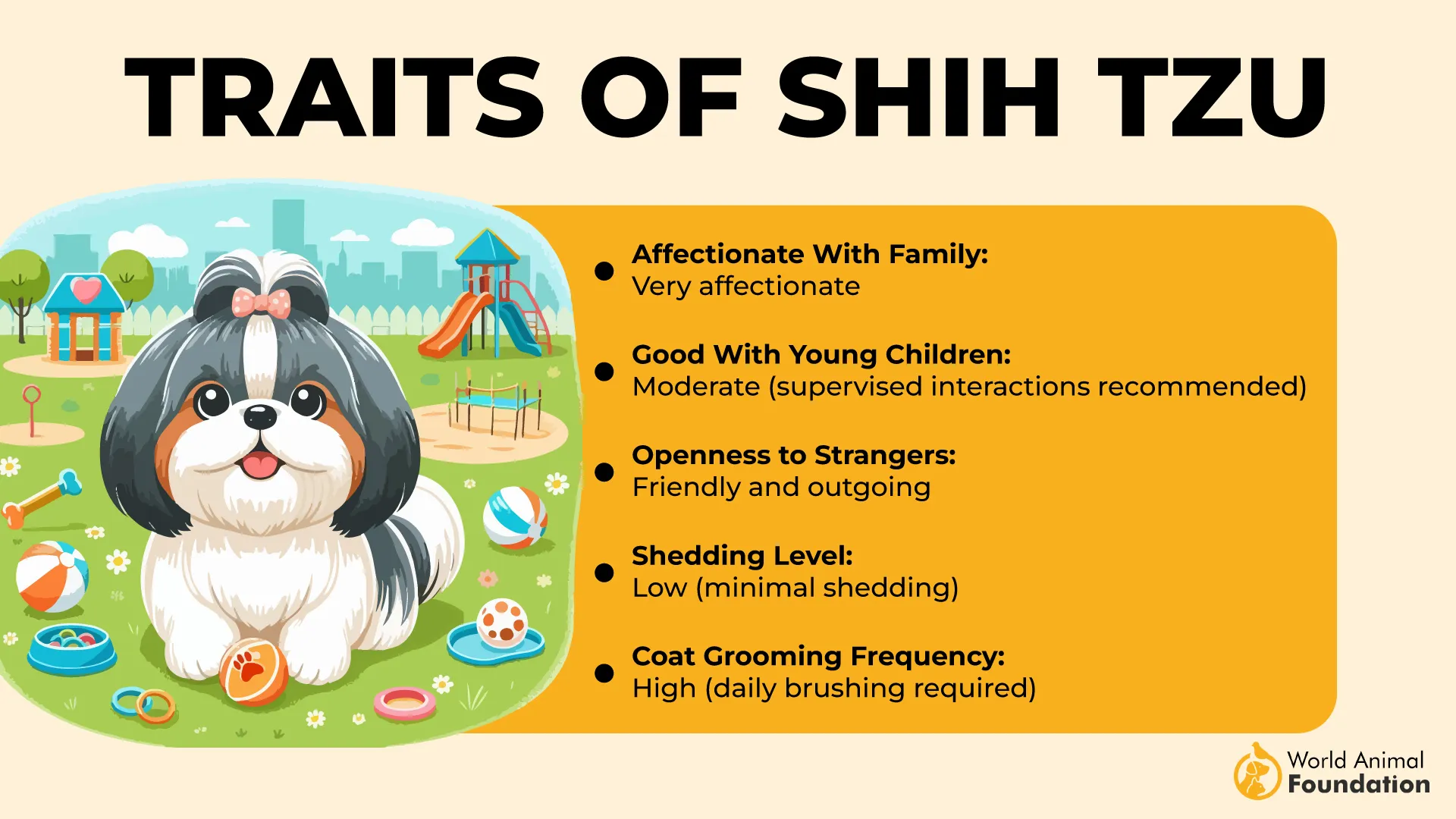
Emotionally Sensitive and Easily Overwhelmed
Harsh tones or loud environments can shut them down emotionally, even if no harm is intended. Positive reinforcement and patience are key to earning their trust and helping them relax. With the right supportive environment, many can grow out of being labeled as part of a shy dog breed.
3. Whippet
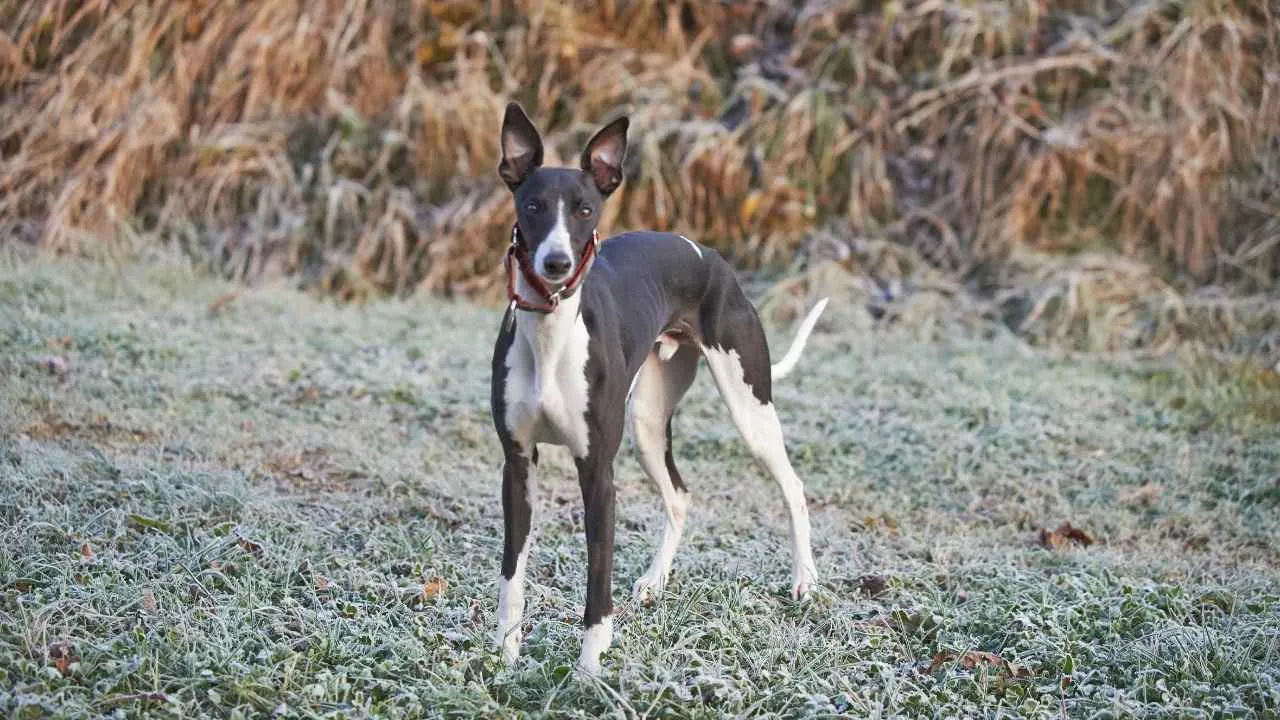
Whippets tend to develop a cautious nature if they aren’t gently socialized from a young age. When not exposed to people, sounds, and different surfaces early on, they may become withdrawn. Their sensitivity doesn’t come from fear alone—it often stems from being overwhelmed.
Startle-prone and noise-sensitive
Loud noises or sudden movements can cause a Whippet to retreat or freeze in place. Even familiar surroundings can unsettle them if there’s unexpected chaos. They’re especially sensitive to tone and tension, often mirroring the emotional state of those around them.
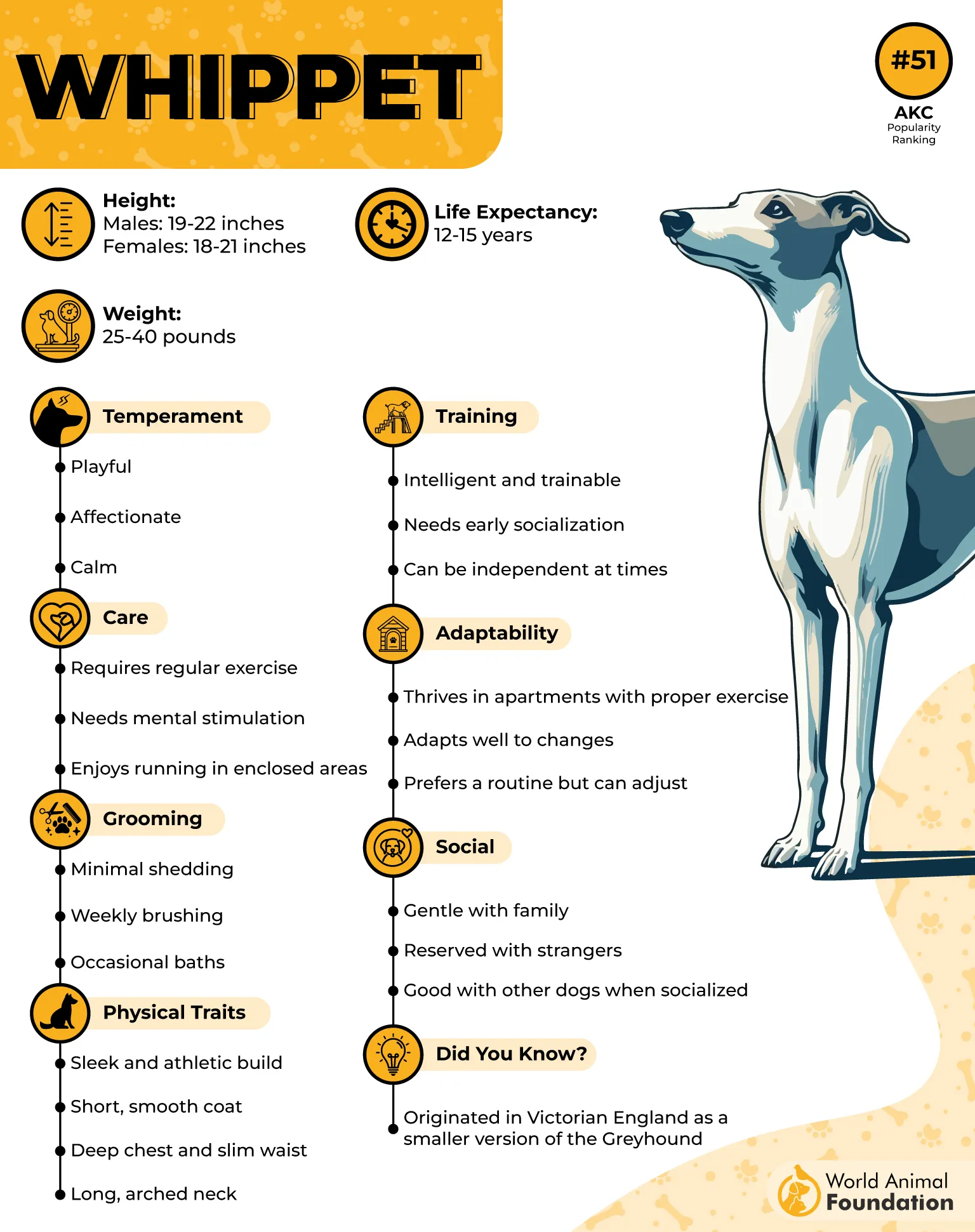
Thrives in a calm environment
A quiet home helps this breed feel safe and at ease, making it easier for them to express their affectionate side. They tend to avoid confrontation and seek out soft places or quiet corners to relax. Any form of harsh correction can quickly break their trust, as per Purina.
Withdrawn in unfamiliar social settings
Around strangers or in group gatherings, Whippets may choose to quietly observe rather than interact. They often stay close to their trusted person, watching carefully before making any moves. Patience and predictability go a long way in helping them settle in.
4. Italian Greyhound
Italian Greyhounds tend to flinch at loud noises, quick movements, or unfamiliar voices. They often need more time than most breeds to feel safe in new environments. Even a door creaking open too quickly can cause visible discomfort or retreating behavior.
Clings to familiar surroundings
This breed thrives on predictable routines — moving furniture or hosting new guests can unsettle them. Familiar surroundings help them feel grounded and safe. They’ll often gravitate to a specific blanket, corner, or even one person they view as their safe zone.
Relies heavily on a stable environment
They don’t adapt well to chaos, frequent travel, or high-energy households. A stable environment helps reduce their anxiety and makes daily transitions easier. Without consistency, they may withdraw or show signs of nervous pacing and hiding.
Benefits of early and proper socialization
Italian Greyhounds need patient, ongoing exposure to new people, textures, and gentle handling from an early age. Proper socialization doesn’t remove their sensitivity but can reduce fearful reactions. Forceful introductions to new environments can have the opposite effect, increasing long-term stress.
5. Dachshund
Dachshunds were originally bred for underground hunting, which gave them an intense focus—but also a tendency to retreat when overstimulated. Their wariness isn’t random; it’s a carryover from tasks that required quiet observation and patience. They often assess before engaging, especially in new settings.
Easily startled by fast movement or noise
Sudden noises or quick gestures can cause an instant retreat, even in familiar environments. Many Dachshunds prefer a slow-paced atmosphere and avoid chaotic spaces. This cautious nature makes them gentle souls who thrive on predictable routines and soft interactions.
Selective bonding with family
They may seem aloof with guests, but their loyalty to familiar people runs deep. Dachshunds take time to warm up and often form deep bonds with one or two trusted family members, as Purina highlighted. If rushed or pressured, they’re more likely to withdraw than engage.
Different from several breeds in how they cope
While many timid dogs freeze, Dachshunds tend to hide or seek comfort in their favorite spot at home. They benefit from having a secure corner or cozy blanket for retreat. This furry friend is at their calmest when they know exactly what to expect.
6. Cavalier King Charles Spaniel
Cavaliers are emotionally responsive dogs that pick up on subtle tension, which can make them retreat or act hesitant. They’re quick to sense raised voices or fast movements, often responding by lowering their posture or quietly stepping away. This high emotional sensitivity often reads as shyness.
Withdrawn in chaotic settings
Busy households, loud children, or unpredictable routines can overwhelm this breed easily. They may slink off to quieter areas, especially when there’s a lot going on. This isn’t fear as much as a need for emotional peace — overstimulation wears them out quickly.
Struggle with being left out
They’re companion dogs to the core and tend to act withdrawn when not included in daily interactions. If left out of family routines or ignored during gatherings, their spirit visibly dips. This social withdrawal is subtle — they won’t bark or cry, just quietly disappear into a corner.
Reserved around sudden physical touch
While affectionate with those they trust, they’re not fans of abrupt hugs or being picked up unexpectedly. Visitors who try to pet them without warning often get a hesitant step back. For Cavaliers, gentle engagement and predictability make all the difference.
7. Tibetan Spaniel
The Tibetan Spaniel doesn’t rush into interactions—it prefers to observe first. It may keep its distance until it feels completely safe, even in casual social settings. This wariness isn’t fear—it’s deep-rooted caution passed down from generations of monastery guardians.
Quiet confidence, not insecurity
Unlike reactive breeds, Tibbies don’t bark or retreat immediately when uneasy—they simply withdraw silently. Their aloofness can be mistaken for disinterest, but it’s a deliberate emotional filter. They’re slow to trust, but once bonded, their attachment runs deep.
Intensely attached to their home environment
Changes in routine or space—like new furniture, visitors, or different walking routes—can unsettle them. They rely heavily on familiarity and are known to resist sudden disruptions. Even subtle shifts in daily rhythm can affect their behavior for days.
Timidity shows through body language
Rather than barking or hiding, they express discomfort by stiffening, lowering their heads, or clinging close to a trusted person. They don’t confront uncertainty—they avoid it altogether. That quiet discomfort is easy to miss unless you know what to look for.
Conclusion
Timid dogs might not win over a crowd, but they’ll win over your heart. These breeds have a reserved nature that asks for patience, but rewards you with a quiet, deep connection. They don’t need to be changed. They need to be understood.
A professional dog trainer can support their journey, but your kindness is what makes the biggest difference. Through positive reinforcement training and a calm home, these dogs can grow in their own time.
They aren’t aggressive dogs—they’re sensitive souls simply trying to feel secure. They notice every voice, every gesture, every energy shift. That’s their strength.
With consistent training and compassion, they bloom. They don’t need fast hands or loud love—they need you, steady and soft, always nearby. In the end, a timid dog doesn’t just become a pet. They become the safest place in your heart.


